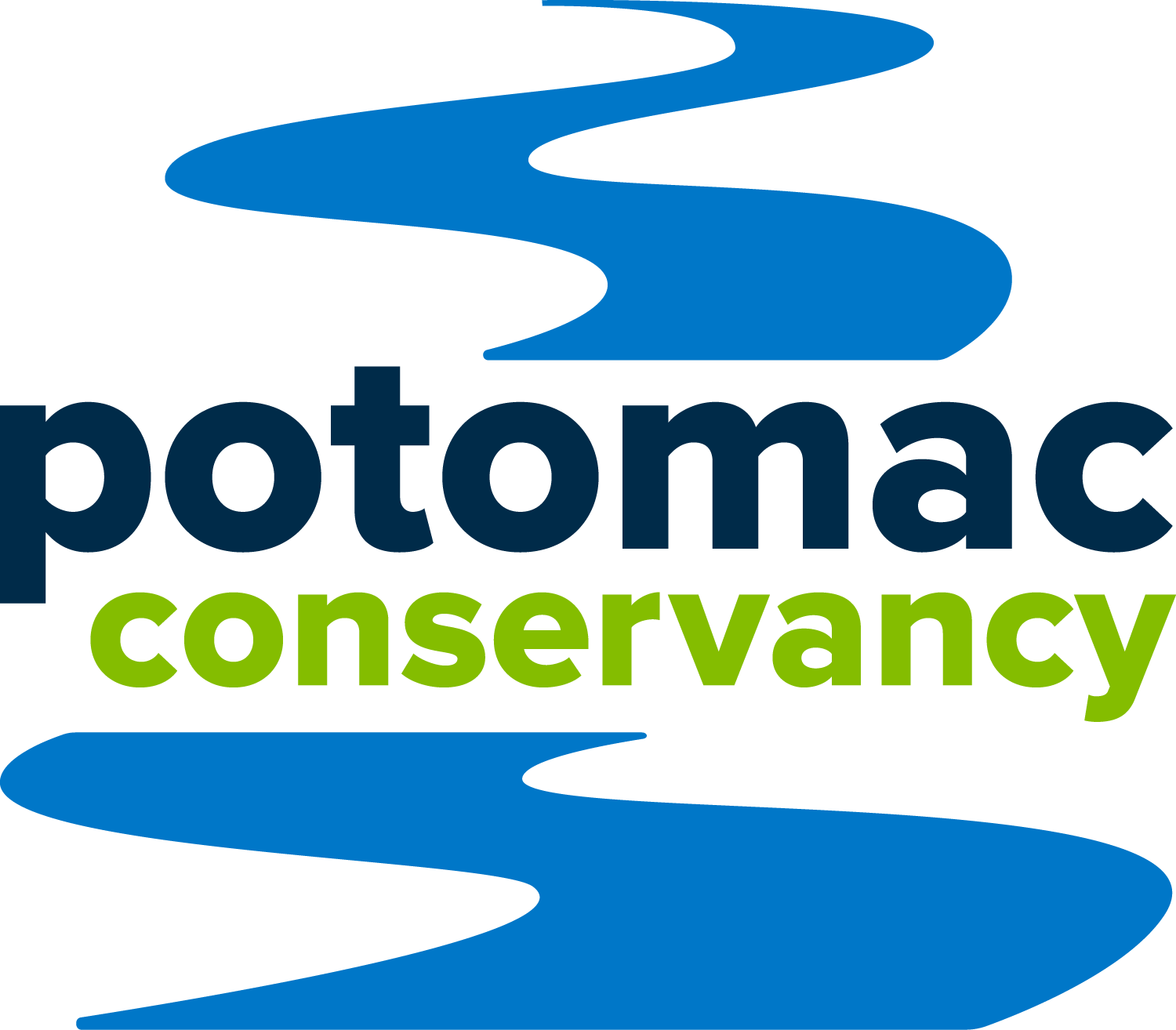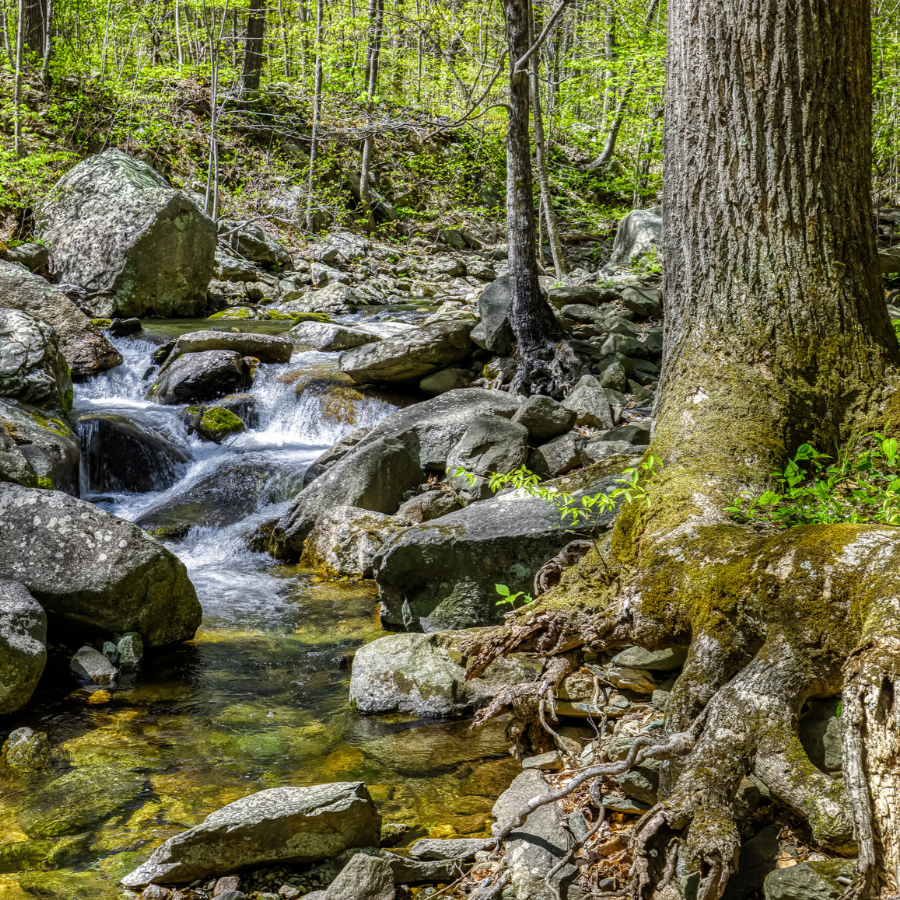QUIZ: Name that nut! Test your knowledge of local trees.
/ Willis KliefothHow well do you know native acorns and seeds?
![DSC_0137[1].jpeg](https://images.squarespace-cdn.com/content/v1/52260563e4b0e56a47d7efa6/1505763643268-Z5JSZ7YRXZYOQTO3HGDW/DSC_0137%5B1%5D.jpeg)
Native trees don't just deliver a treat in the form of fall foliage this time of year. They also cover the ground with their acorns and seeds, which are more important to the Potomac River than you might realize.
Today’s acorns are tomorrow’s forest, after all. And any healthy river, including the Potomac, relies on streamside trees for protection.
The protective trees that line our local rivers and streams filter pollution, prevent erosion, and provide habitat for wildlife.
That’s why we’re helping nature along! Over the last decade, nearly 56,000 volunteers have collected over 164,000 pounds of acorns, walnuts, and other hardwood tree seeds as part of our Growing Native program. The nuts have been used to grow seedlings that are planted along vulnerable streams.
So how good are you at identifying native nuts and seeds? Take our quiz to find out, and if you want to do your part for local trees, sign up to volunteer at a Growing Native event this fall!
Click the arrows on the right to see the clues. The answer is revealed on the last slide. Good luck!

Ready to test your new nut knowledge in the field?
Volunteer with Potomac Conservancy at our next seed collection on October 14th at Arlington National Cemetery. Spots are filling fast!
You May Also Like
Freedman’s Historical Park preserves both land and legacy. Once home to Enoch George Howard, a formerly enslaved man who built a thriving community, the park protects natural habitats while honoring the stories of the Freedmen. It’s a place to reflect, learn, and connect with history and nature.
Interested in rock climbing but not sure where to start? We’ve got all the info and a deep dive on how contemporary rock climbing was shaped by both the landscape of the Potomac River region and the people who dared to scale its cliffs
Public funding and speaking out in support of it are crucial to protecting the Potomac River region. Read on to see how this local organization in Maryland is tirelessly working to improve our waterways with public funding.
Did you know that the Blair Witch Project was filmed in Seneca Creek State Park? And there’s plenty more scary stories where that came from. Check out some of these local haunts in the Potomac region and learn what supernatural experiences await you there!
Our community power protected this 1700-acre property a decade ago. Now our Potomac River region is healthier and more resilient because of this easement. This land is forever preserved for future generations to enjoy and recreate on.
Albert, a D.C. resident and dedicated Volunteer Leader, has led nine cleanups across the Potomac River region, removing over two tons of trash with the help of community volunteers. His efforts show how every cleanup strengthens both the health of our river and the bonds within our neighborhoods.
Our region’s old-growth forests improve water and air quality, provide vital wildlife habitat, and help fight the climate crisis. And, they also offer a diversity of recreational opportunities! What can’t they do? Check out these 5 local forests to visit!
Curious to know why some animals prefer living in the liminal spaces of the day, and which critters to keep an eye out for on your next dawn stroll or twilight hike? Let’s illuminate this fascinating – and, if you ask us, underappreciated – side of wildlife behavior!
843 acres of pristine forests and freshwater streams are now linked as permanently protected easements in Virginia’s Back Creek Corridor, one of the most biologically significant stretches of the Potomac River region. A central force in this grassroots conservation success story is John Gavitt, the Back Creek landowner who got his neighbors talking about the remarkable legacy they could leave together.






































In the midst of a remarkable comeback, the Potomac River has seen a 10% increase in recreation in three years, but now its future is in question…Rising threats to water quality are impacting this wild urban river, the drinking water source for 5 million people in the DMV.